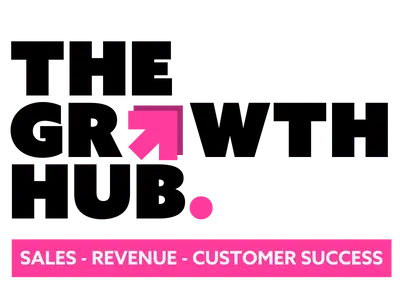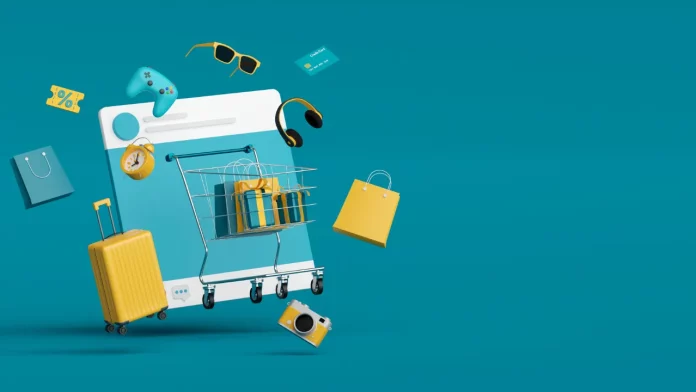Today’s sales leaders have a big question to answer: How has the digital landscape fundamentally changed the way we sell?
Of course, the very basics of selling still remain. It’s still about communication, building relationships, credibility and trust, listening, and understanding customers to provide value. It’s also still about identifying pains and the solution needed to solve those pains.
With those core skills unchanged, what is it that has changed, then? It’s the ‘how’ salespeople go about those things, and the tools that help them, that’s changed the most.
Data collection, CRM solutions, mobile communications, omnichannel platforms and AI have dramatically altered the Sales profession. With more advancements arriving each year, Sales leaders must think about how they can support their teams with the digital tools needed to thrive.
So, ask yourself this:
- Do you have a digital sales strategy?
- Does your digital sales strategy get regularly updated to evolve with the times?
- Does your current digital strategy meet your team’s needs?
- Do your current digital tools enable and empower your sales team to do more selling?
Here are three things you need to consider when crafting your digital sales strategy.
- Clear documentation of the sales process for your team to follow
A clearly outlined sales strategy, including whom the target audience is, where to find them, how to engage with them, and what should happen at every stage of the relationship is an important part of the sales cycle. This document needs to include how to use the tools you have implemented across the team – don’t assume your team knows how to use the sales tools properly, or that they are using them at all. Without knowledge, the natural reaction is to circumvent processes and technology and go back to what you know. So make sure it is clear what processes and technologies you expect your team to be using.
Additionally, create your buyer personas to advise your team on who they are selling to, what pain points they commonly experience, how to solve those pain points and the similar customers you can provide for credentials. All of this plays into digital sales in both targeting prospects and then selling to them.
If you get everyone aligned with messaging, process and technology, you’ll become a lot more effective across the board.
- Understanding the buyer’s journey in depth
An agreed, and clear sales process is vital, but it’s not the end. The digital sales environment has likely changed your buyer’s journey. Technology has resulted in buyers being able to go further down the sales funnel without speaking to a salesperson. So there needs to be a clear decision on where the salesperson comes into the equation and what happens to the buyer before any sales engagement. Aligned sales and marketing is important to help nurture this journey.
Available communication options have also changed dramatically – some buyers now want live chat, others still want a phone call, others want to speak on social media. Review your sales communication channels regularly to make sure you are using the channels your prospects want. Buyer journeys are not static, so your processes shouldn’t be static either.
It’s all about using what you know about your buyer’s journey to improve their experience.
- Leverage new technologies and share best practices within your team
Ask yourself, ‘what is the best technology available to help my team sell more?’. This should be a continually asked question to help guide where you invest. Once you are looking at new technology, make sure you perform your due diligence. Most software offers a free trial option.
Once a decision has been made to leverage new technology, you want to make sure your team is using it properly. Include learning sessions to help your team get used to the technology, and ask your best performers to share best practices.
These three steps are a continually evolving process. Constantly develop them and tweak them, and you’ll have a technology-driven sales team effectively executing the basics. Remember, clearly document the processes and technologies you are using, adapt your selling to the digital buyer’s journey, and ensure the best use of new technologies by sharing best practices.




